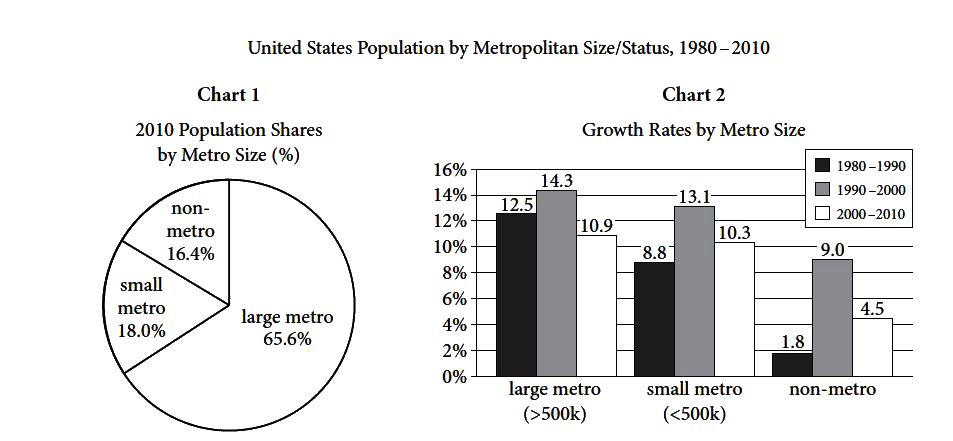[A]: Darwin held that small favourable varia- tions formed the raw material for evolution.
[R]: Darwin did not go into the factors which produce variations
If both A and R are true and R is the correct explanation of A
If both A and R are true but R is not the correct explanation of A
If A is true and R is false
If both A and R are false
The correct Answer is:B
To analyze the statements regarding Darwin's views on evolution and variations, we can break down the question into two parts: the assertion (A) and the reason (R).
1. Understanding Assertion (A):
- Darwin proposed that small favorable variations are essential for the process of evolution. These variations provide the necessary raw material for natural selection to act upon.
- Example: In a population of animals, those with slight variations that make them better suited to their environment (like thicker fur in colder climates) are more likely to survive and reproduce.
2. Understanding Reason (R):
- The reason states that Darwin did not delve into the factors that produce these variations. This implies that while he recognized the importance of variations, he did not explain how they arise.
- Example: Darwin acknowledged that variations exist but did not explore genetic mechanisms or environmental influences that could lead to these variations.
3. Evaluating the Relationship Between (A) and (R):
- The assertion (A) is true: small favorable variations do indeed form the basis for evolution according to Darwin's theory of natural selection.
- The reason (R) is also true: Darwin did not provide a detailed explanation of the factors that produce variations.
- However, the reason (R) does not adequately explain the assertion (A). The assertion stands on its own merit regarding the role of variations in evolution, regardless of whether Darwin discussed their origins.
4. Conclusion:
- Both the assertion and the reason are true statements, but the reason does not correctly justify the assertion. Therefore, while (A) is valid, (R) does not serve as a proper explanation for it.
Final Answer:
- Assertion (A) is true; small favorable variations are indeed the raw material for evolution.
- Reason (R) is true but does not explain (A).
- Darwin proposed that small favorable variations are essential for the process of evolution. These variations provide the necessary raw material for natural selection to act upon.
- Example: In a population of animals, those with slight variations that make them better suited to their environment (like thicker fur in colder climates) are more likely to survive and reproduce.
- The reason states that Darwin did not delve into the factors that produce these variations. This implies that while he recognized the importance of variations, he did not explain how they arise.
- Example: Darwin acknowledged that variations exist but did not explore genetic mechanisms or environmental influences that could lead to these variations.
- The assertion (A) is true: small favorable variations do indeed form the basis for evolution according to Darwin's theory of natural selection.
- The reason (R) is also true: Darwin did not provide a detailed explanation of the factors that produce variations.
- However, the reason (R) does not adequately explain the assertion (A). The assertion stands on its own merit regarding the role of variations in evolution, regardless of whether Darwin discussed their origins.
- Both the assertion and the reason are true statements, but the reason does not correctly justify the assertion. Therefore, while (A) is valid, (R) does not serve as a proper explanation for it.
- Assertion (A) is true; small favorable variations are indeed the raw material for evolution.
- Reason (R) is true but does not explain (A).
Topper's Solved these Questions
Similar Questions
Knowledge Check
Consider the following three statements and select the correct option stating which one is true (T) and which one is false (F).
(i) Oparin of Russia and Haldane of England proposed that the first form of life could have come from pre-existing nonliving organic molecules (e.g, RNA, protein etc.) and that formation of life was preceded by chemical evolution.
(ii) Based on observations made during a sea voyage around the world. Charles Darwin concluded that existing living forms share similarities to varying degrees only among themselves.
(iii) Evolution by natural selection must have started when cellular forms of life with different metabolic capability originated on Earth.A(i)(ii)(iii)FTTB(i)(ii)(iii)TFTC(i)(ii)(iii)TTFD(i)(ii)(iii)FFTWe are not witnessing the abandonment of the suburbs, or a movement of millions of people back to the city all at once. The 2010 census certainly did not turn up evidence of a middle-class stampede to the nation’s cities. The news was mixed: Some of the larger cities on the East Coast tended to gain population, albeit in small increments. Those in the Midwest, including Chicago, tended to lose substantial numbers. The cities that showed gains in overall population during the entire decade tended to be in the South and Southwest. But when it comes to measuring demographic inversion, raw census numbers are an ineffective blunt instrument. A closer look at the results shows that the most powerful demographic events of the past decade were the movement of African Americans out of central cities (180,000 of them in Chicago alone) and the settlement of immigrant groups in suburbs, often ones many miles distant from downtown.
Central-city areas that gained affluent residents in the first part of the decade maintained that population in the recession years from 2007 to 2009. They also, according to a 2011 study by Brookings, uffered considerably less from increased unemployment than the suburbs did. Not many young professionals moved to new downtown condos in the recession years because few such residences were being built. But there is no reason to believe that the demographic trends prevailing prior to the construction bust will not resume once that bust is over. It is important to remember that demographic inversion is not a proxy for population growth, it can occur in cities that are growing, those whose numbers are flat, and even in those undergoing a modest decline in size.
America’s major cities face enormous fiscal problems, many of them the result of public pension obligations they incurred in the more prosperous years of the past two decades. Some, Chicago rominent among them, simply are not producing enough revenue to support the level of public services to which most of the citizens have grown to feel entitled. How the cities are going to solve thisproblem, I do not know. What I do know is that if fiscal crisis were going to drive affluent professionals out of central cities, it would have done so by now. There is no evidence that it has. The truth is that we are living at a moment in which the massive outward migration of the affluent that characterized the second half of the twentieth century is coming to an end. And we need to adjust our perceptions of cities, suburbs, and urban mobility as a result.
Much of our perspe ctive on the process of metropolitan settlement dates, whether we realize it or not, from a paper written in 1925 by the University of Chicago sociologist Ernest W. Burgess. It was Burgess who defined four urban/suburban zones of settlement: a central business district, an area of manufacturing just beyond it, then a residential area inhabited by the industrial and immigrant working class, and finally an outer enclave of single-family dwellings. Burgess was right about the urban America of 1925, he was right about the urban America of 1974. Virtually every city in the country had a downtown, where the commercial life of the metropolis was conducted, it had a factory district just beyond, it had districts of working-class residences just beyond that, and it had residential suburbs for the wealthy and the upper middle class at the far end of the continuum. As a family moved up the economic ladder, it also moved outward from crowded working-class districts to more spacious apartments and, eventually, to a suburban home. The suburbs of Burgess’s time bore little resemblance to those at the end of the twentieth century, but the theory still essentially worked. People moved ahead in life by moving farther out.
But in the past decade, in quite a few places, this model has ceased to describe reality. There are still downtown commercial districts, but there are no factory districts lying next to them. There are scarcely any factories at all. These close-in parts of the city, whose few residents Burgess described as dwelling in “submerged regions of poverty, degradation and disease,” are increasingly the preserve of the affluent who work in the commercial core. And just as crucially newcomers to America are not settling on the inside and accumulating the resources to move out, they are living in the suburbs from day one.

According to the passage, members of which group moved away from central-city areas in large numbers in the early 2000s?AThe unemployedBImmigrantsCYoung professionalsDAfrican Americans
Darwin in his 'Natural Selection Theory' did not believe in any role of which one of the following in organic evolution
View SolutionDarwin in his 'Natural Selection Theory' did not believe in any role of which one of the following in organic evolution
View SolutionDarwin in his 'Natural Selection Theory' did not believe in any role of which one of the following in organic evolution
View SolutionA narrow tube is bent in the form of a circle of radius R, as shown in figure. Two small holes S and D are made in the tube at the position at right angle to each other. A source placed at S generates a wave of intensity I0 which two parts: one part travels along the longer path, while the other travels along the shorter path. Both the waves meet at point D where a detector is placed.

2. If a minima is formed at the detector, then the magnitude of wavelength λ of the wave produced is given by
View SolutionA narrow tube is bent in the form of a circle of radius R, as shown in figure. Two small holes S and D are made in the tube at the position at right angle to each other. A source placed at S generates a wave of intensity I0 which two parts: one part travels along the longer path, while the other travels along the shorter path. Both the waves meet at point D where a detector is placed.

1. If a maxima if formed at a detector, then the magnitude of wavelength λ of the, wave produced is given by
View SolutionA narrow tube is bend in the form of a circle of radius R, as shown in the figure. Two small holes S and D are made in the tube at the positions right angle to each other. A source placed at S generated a wave of intensity I0 which is equally divided into two parts : One part travels along the longer path, while the other travels along the shorter path. Both the parts wave meet at the point D where a detector is placed.
_E01_102_Q01.png)
The maximum value of λ to produce a maxima at D is given by :-
View Solution
